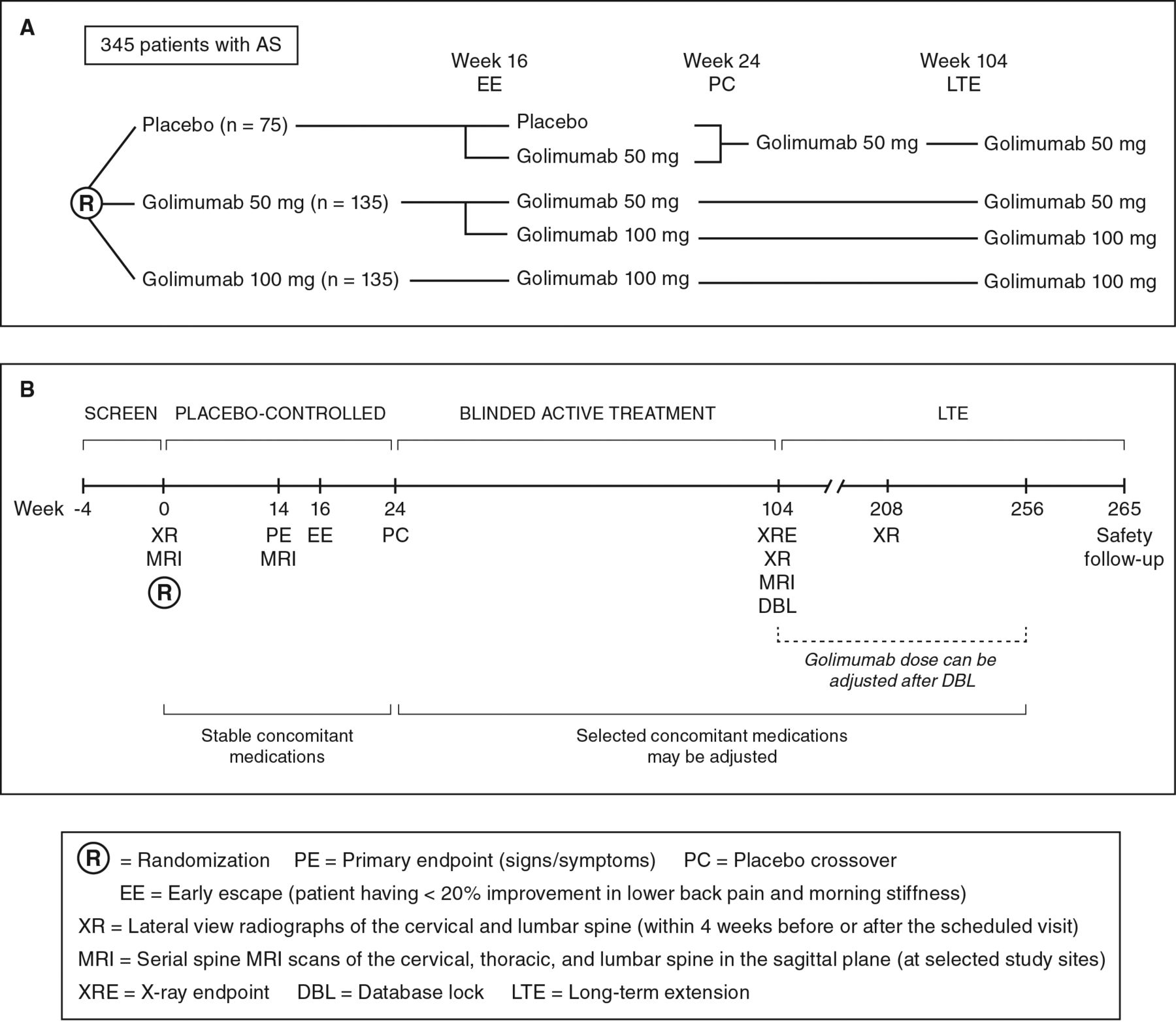

The body does this by increasing inflammation throughout the body to fix the injured area.Ī high ESR or CRP alone does not cause any symptoms. In a heart attack or stroke, cells don’t get the blood or oxygen they need, and this can cause increased inflammation - and raised ESR/CRP levels.īodily injury: After a physical injury, like a bad fall or car accident, your body needs to repair what is broken. Lack of blood flow: Cells become injured when they don’t get the nutrients they need to function. This causes a raised ESR/CRP, which then goes back down once the infection resolves.Ĭancer: In cancer, the fast, uncontrolled growth and turnover of cells causes inflammation levels to rise, leading to high ESR/CRP. Infection: When your body is infected by a bacteria or virus, it ramps up its inflammatory response to fight the invader. Monitoring ESR/CRP levels in autoimmune disease can help you and your healthcare team know how well your treatment is working. This chronic inflammation means that ESR/CRP levels go up - and stay up. Here are some of the most common diseases associated with high ESR/CRP levels:Īutoimmune diseases : In diseases like rheumatoid arthritis and lupus, the immune system attacks its own body. They are helpful, but pretty non-specific tests. A high ESR/CRP doesn’t point to one specific disease or group of diseases. There are many diseases and conditions that cause inflammation, which can raise ESR/CRP. The normal ESR range can also be broken down further by age and sex. An individual’s “normal” level of CRP and ESR can depend on their age, sex, and active chronic diseases.Ī normal CRP level is <1.0 mg/dL (or <10 mg/L, depending on the units that the lab is using). This can vary based on the laboratory that is running the blood tests. What are the normal ranges for CRP and ESR? ESR takes longer to rise and also stays higher for longer after inflammation is resolved. CRP is quicker - it rises faster and falls more quickly (about 3 days) after inflammation is resolved. There are some differences in the timing of when they increase. The most important thing to understand about the relation between ESR and CRP is that they both increase with active inflammation.

What is the relation between ESR and CRP?

CRP is a protein that the liver creates in response to inflammation, so its levels in the blood increase when the body is inflamed. It’s an indirect marker of the inflammation levels in the body, because when inflammation is high, it takes longer for the red blood cells to drop. What are ESR and CRP?ĮSR is the measure of how quickly red blood cells (erythrocytes) drop (or create sediment) in a test tube. Here’s the short answer: It really depends on how high the levels are, and what else is going on with your overall health. If you’ve had lab work done and had high levels of ESR or CRP, you may be worried about what this means for you. They represent the level of inflammation in the body at the time of the test. But when inflammation malfunctions and goes on longer than necessary - that’s chronic inflammation, which can be harmful to health.Įrythrocyte sedimentation rate (ESR) and C-reactive protein (CRP) are two markers that can be measured from a blood sample. Short-term (acute) inflammation is a healthy and necessary bodily process. In inflammation, the body uses its own immune system to heal injuries. Inflammation gets a bad rap, but it’s a necessary process for the body to protect itself.


 0 kommentar(er)
0 kommentar(er)
